
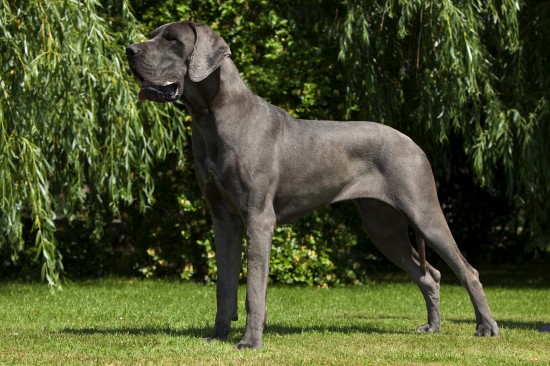
There is an undeniable appeal to owning one of the large or giant breeds of dog, and they are hugely popular thanks to their impressive size, kind natures, and ultimate cuddle-appeal! However, there are a great many things to think about and bear in mind if you wish to buy a big dog, not least of these being the associated costs of ownership in more or less every aspect of their care, from feeding to insurance to veterinary procedures.
Something else that the potential owner of a big dog should be aware of is the fact that certain health issues or potential problems can be more prevalent in large dogs than in smaller ones, often due to the sheer size of the dog in question, and how this affects their limbs, organs and general wellbeing. Before you even get to the stage where you narrow down your favourite large or giant dog breeds and start researching them at a breed level, think about some of the issues that can face large and giant dog breeds as a whole, and look into these properly. This will enable you to make an informed decision about whether or not a big dog is a good pick for you, and allow you to begin your search with your eyes open.
In this article, we will look at some of the health issues and problems that can accompany larger dogs, and what these mean for affected dogs.
Unlike smaller dogs, large and giant breed dogs will continue to grow up until they are as old as two, and are not considered to be fully adult until this time.
The sheer size of the dog and their bones and joins, plus the fact that they are prone to periods of rapid growth can lead to growing pains in the juvenile large dog, including a condition called panosteitis. This condition causes the growing of the long bones of the legs to be painful until they are fully grown, which can lead to flare-ups of lameness and pain from time to time. Fortunately, the condition is outgrown once the dog has finished developing, but it can prove problematic in the meantime.
Some of the breeds that are most commonly affected with the condition include Mastiff breeds, Rottweilers and German shepherds.
Hip dysplasia is up there as one of the most commonly seen conditions that affect large and giant dogs, and is caused by a genetic predisposition to the condition, potentially accompanied by environmental factors.
Hip dysplasia occurs when the bone and socket that form the hip joint do not develop properly, and cause the hip bone to sit improperly in the socket. This in turn means that the bone and socket will rub against each other, which causes wear, damage and pain in the hips, leading to limping, pain getting up and lying down, and sometimes, a markedly unusual gait.
The Golden Retriever, German Shepherd and many giant breeds are particularly prone to the condition, and in breeds that are considered to have elevated risk factors for the condition, breeders will often undertake hip scoring of the parent dogs, to avoid breeding from affected dogs.
Gastric torsion, commonly referred to as “bloat” is a life-threatening condition that is sudden in onset, and causes the stomach of the dog to bloat up to a large size and potentially twist around, requiring very prompt surgical correction. There are a great many different opinions on what causes gastric torsion in dogs and why it can develop, but it is certainly more common in large and giant dog breeds than in smaller ones. Deep-chested breeds are particularly likely to be affected by the condition at some stage in their lives, and the breeds that present with the condition most regularly include:
Certain large and giant breeds of dog are prone to inheriting a medical condition known as Von Willebrand’s disease, which is similar to haemophilia in people, but affects both male and female dogs equally.
Von Willebrand’s disease is a clotting disorder, and means that the protein complexes that generate platelet clotting at a wound site in order to heal a would are absent, or low in number. This means that affected dogs will bleed and bruise easily, and take much longer to heal from such wounds than other dogs. Not only does this have implications for the day-to-day lives of the dogs in question, but also means that surgical procedures are potentially highly complex and more risky than normal, even standard procedures such as spay and neuter operations.
The German Shepherd, Golden Retriever and Rottweiler breeds are all known to be particularly prone to the condition.
It is possible to screen dogs for the presence of the condition prior to breeding, so responsible and conscientious large and giant dog breeders should be able to show you the results of testing for the condition, as well as other prevalent large-breed conditions such as hip dysplasia.
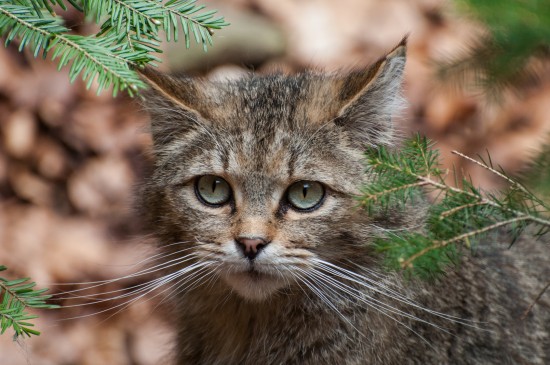 Wild, Feral, Tame And Domestic - The Difference Between The Four Terms
Wild, Feral, Tame
Wild, Feral, Tame And Domestic - The Difference Between The Four Terms
Wild, Feral, Tame
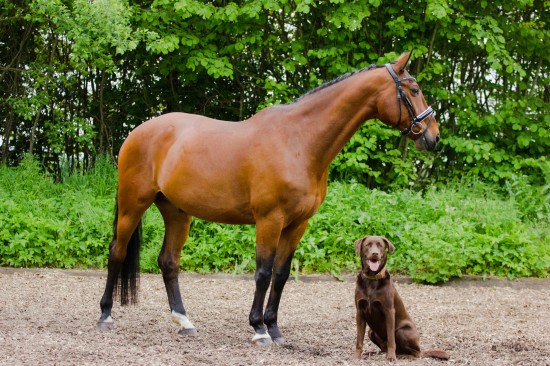 How To Keep Dogs Safe Around Horses When Out On A Walk
How To Keep Dogs
How To Keep Dogs Safe Around Horses When Out On A Walk
How To Keep Dogs
 Kidney Disease In Cats
Kidney Disease In
Kidney Disease In Cats
Kidney Disease In
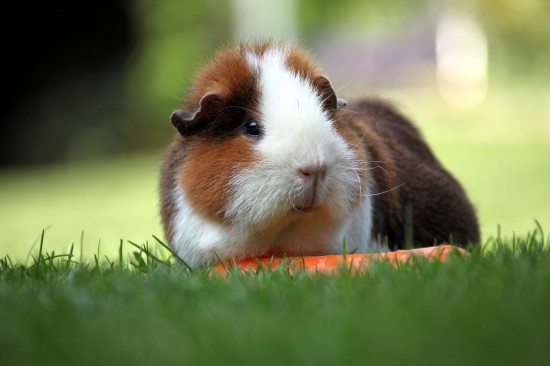 Guinea Pigs Do Better When Kept As Outdoor Pets
Guinea Pigs Do Be
Guinea Pigs Do Better When Kept As Outdoor Pets
Guinea Pigs Do Be
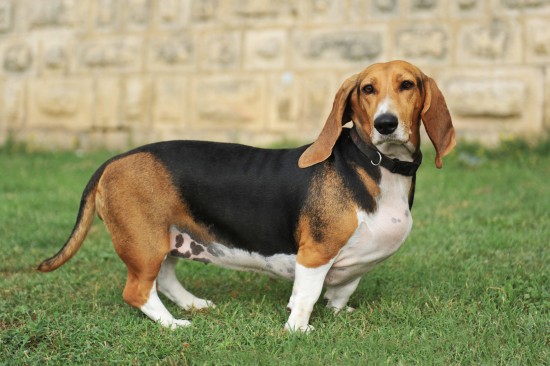 An Introduction To Some Popular Scent Hound Breeds
An Introduction T
An Introduction To Some Popular Scent Hound Breeds
An Introduction T
Copyright © 2005-2016 Pet Information All Rights Reserved
Contact us: www162date@outlook.com